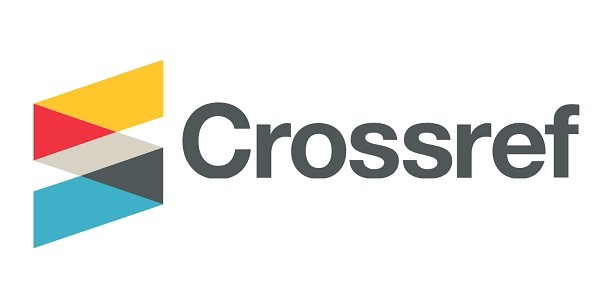Hepatoprotective effect of sandfish “Scincus scincus” extract on cadmium-induced hepatotoxicity in rats
DOI:
https://doi.org/10.35495/Keywords:
Biochemical parameters, Cadmium, GSH, Hepatoprotective effect, Scincus scincusAbstract
Hepatotoxicity is defined as injury to the liver or impairment of the liver function after exposure to various risk factors. This study was planned to investigate hypothesis of hepatoprotective effect of sandfish (Scincus scincus) consumed for its health virtuous by local Saharan peoples from Algeria. For this purpose, sandfish extract benefits against cadmium chloride (CdCl2)-induced liver toxicity in rats was evaluated. The rats (n=23) were divided into 4 groups; the control group (n= 5) received a vehicle, the extract group (n= 5) received via gavage sandfish extract (100mg/kg), Cadmium group (n= 6) received CdCl2 (1 mg/kg, intraperitoneal injection), cadmium +extract group(n= 7) received after the single injection of CdCl2(1mg/kg) the sandfish extract (100 mg/kg, orally).The experimentation was performed over 56 days. Body weight, relative liver weight (LW) and biochemical parameters namely glucose, triglycerides, cholesterol, alanine aminotransferase (ALT), aspartate aminotransferase (AST), total bilirubin (TB) and direct bilirubin (DB) were measured. Glutathione (GSH) and Malondialdehyde (MDA) activities were measured to evaluate the changes in antioxidative system and lipid peroxidation activity in liver tissues. Relative LW, MDA, ALT and TB were significantly increased by CdCl2 treatment. The treatment with sandfish extract after CdCl2 injection reduced significantly ALT, AST and TB. The GSH level was significantly altered (0.19±0.05 mg/g) by Cd treatment, which was recovered (0.43±0.08 mg/g) after that by sandfish extract gavages. In conclusion, inclusion of sandfish in rat diet showed significant evidences of hepatoprotective effect in response to acute Cd hepatotoxicity.












